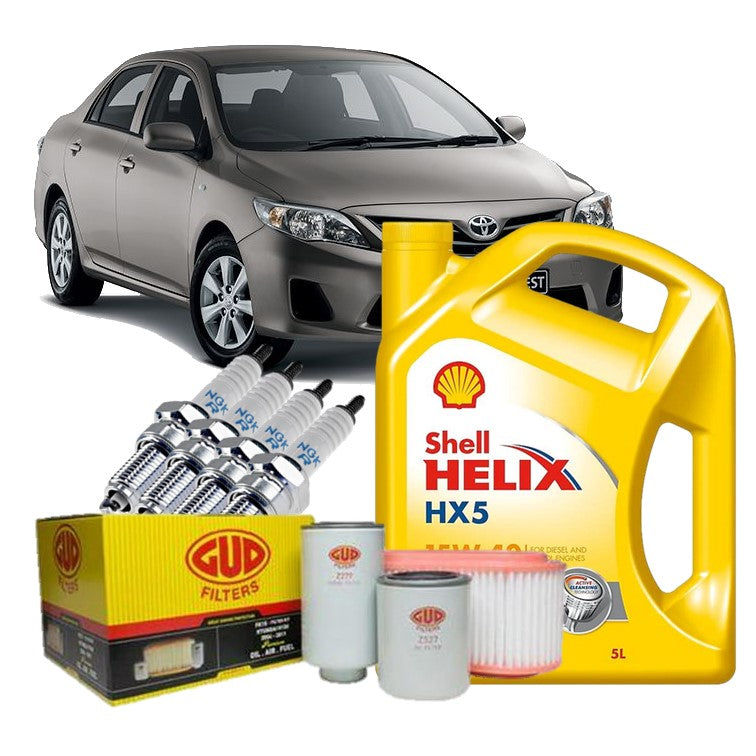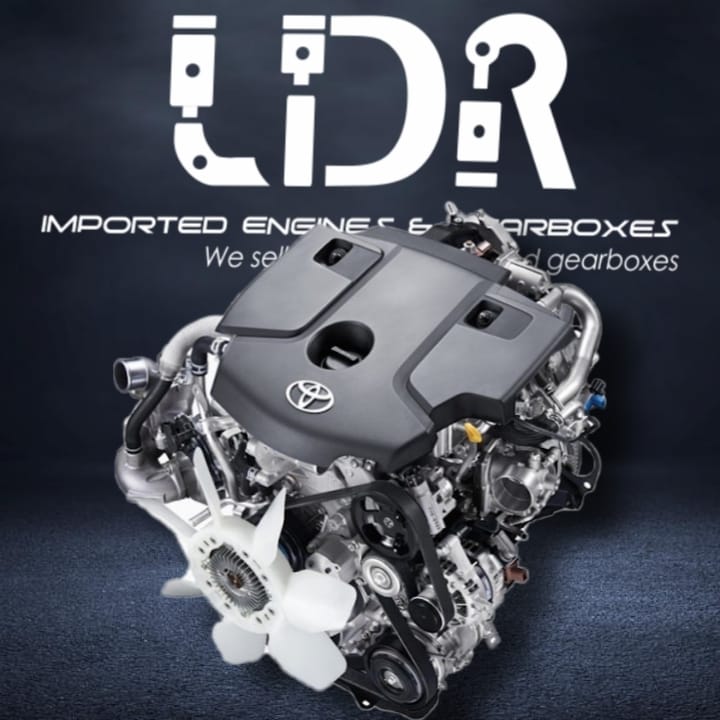Toyota Tazz: A Compact Car That Offers Big Value and Long-Term Durability
Toyota Tazz: A Compact Car That Offers Big Value and Long-Term Durability
Blog Article
Discover the most recent Patterns in Engine Technology Via Tazz
In the rapidly developing landscape of automotive modern technology, Tazz stands at the forefront, highlighting substantial innovations in engine systems that prioritize both development and sustainability. From hybrid engines that optimize fuel efficiency to the appearance of hydrogen gas cells, the fads forming modern-day powertrains are not only improving efficiency but also attending to important ecological challenges.
Hybrid Engine Innovations
Crossbreed engine innovations represent a crucial change in auto modern technology, integrating the benefits of interior burning engines with electric propulsion systems. This assimilation not just boosts gas efficiency but also reduces exhausts, meeting progressively rigorous ecological regulations. By making use of both energy sources, hybrid engines can optimize efficiency, providing power when required while saving gas during less requiring motoring problems.
Recent innovations in crossbreed modern technology consist of renovations in battery effectiveness and regenerative stopping systems. These innovations enable higher power recovery during deceleration, which can be rerouted to help in acceleration or power accessory systems. Manufacturers are concentrating on portable layouts and light-weight materials to make the most of the performance of hybrid powertrains.
The growth of plug-in crossbreeds has actually also expanded the market, making it possible for motorists to bill their lorries making use of conventional electric outlets. This function usually enables for considerable all-electric range, additional decreasing dependence on typical gas. tazz. As the auto sector remains to evolve, hybrid engine technologies are expected to play a vital role in connecting the space in between conventional automobiles and totally electric models, providing a transitional option that caters to diverse consumer requirements and choices
Advances in Electric Powertrains
The automotive landscape is rapidly developing, with electrical powertrains arising as a leading force in lasting transportation. Advances in electrical automobile (EV) innovation are significantly enhancing individual, efficiency, and performance experience. Key innovations include enhancements in battery chemistry, which have actually boosted power thickness, decreased charging times, and prolonged general battery life.
Solid-state batteries, for instance, promise to reinvent the market by supplying greater safety and security and effectiveness contrasted to typical lithium-ion cells. Advancements in regenerative stopping systems are making it possible for cars to recuperate power throughout slowdown, adding to overall efficiency.
Along with battery technology, electric motor designs are ending up being more innovative. Advancements such as integrated electric motors and advanced thermal administration systems are aiding to maximize power shipment and reduce weight, eventually enhancing car dynamics.

Collectively, these breakthroughs underscore the commitment to change towards cleaner, more efficient transport services, placing electrical powertrains at the leading edge of automobile innovation.
The Rise of Hydrogen Gas Cells
Significantly, hydrogen fuel cells are acquiring grip as a feasible alternative to typical internal burning engines and battery electrical automobiles. This innovation uses the chemical power stored in hydrogen, transforming it right into electricity through an electrochemical response with oxygen. The primary result of this procedure is water, making hydrogen fuel cells an eco friendly option with zero emissions at the tailpipe.

Automakers are progressively investing in hydrogen gas cell modern technology, identifying its potential for long-range applications and fast refueling abilities that equal conventional fuels. In addition, fields such as heavy-duty transport and public transportation are especially well-suited for hydrogen gas cells, where battery electric solutions might fail due to weight and variety restrictions.
As research and investment remain to increase, hydrogen gas cells are positioned to play a significant role in the future landscape of clean transport and energy services.
Enhancements in Internal Burning Engines
Developments in internal burning engine (ICE) modern technology are changing typical cars to meet contemporary ecological standards and performance assumptions. Among one of the most substantial enhancements involves the combination of sophisticated gas injection systems. These systems enhance the air-fuel mix, enhancing burning effectiveness and leading to reduced discharges. Direct gas shot, for click for source example, permits for much better atomization of gas, resulting in even more complete burning and improved power result.
Furthermore, turbocharging has actually gotten importance, enabling smaller engines to deliver higher efficiency without the weight of bigger engines - tazz. This technology not only improves efficiency yet likewise adds to decrease fuel usage. Variable shutoff timing systems are also being improved, making it possible for engines to adapt to various driving problems for improved torque and responsiveness
Additionally, the use of lightweight products in engine building is ending up being basic, more improving fuel performance by lowering general lorry weight. Engine control devices (ECUs) are progressively innovative, allowing important source real-time changes that maximize performance and exhausts.
These enhancements jointly indicate a pivotal shift in ICE technology, lining up with international sustainability objectives while still providing the performance drivers expect from their cars. As the industry progresses, these improvements remain to form the future of conventional automotive design.
Future Patterns in Engine Performance
Significant innovations in engine effectiveness are anticipated as makers concentrate on integrating cutting-edge innovations to fulfill rigid ecological laws and customer demands. The change in the direction of electrification, hybrid systems, and different fuels is improving the automotive landscape, driving innovations that boost fuel economic situation and lower exhausts.
One of the key fads is the implementation of innovative materials and making techniques. High-strength alloys and light-weight composites add to lowered lorry weight, hence enhancing general efficiency. Furthermore, the fostering of turbocharging and variable shutoff timing innovations enables improved power result from smaller engines, even more improving fuel economic climate.

Final Thought
Finally, the exploration of engine modern technology exposes considerable developments that prioritize sustainability and effectiveness. Innovations in crossbreed engine systems, electric powertrains, and hydrogen gas cells show a dedication to minimizing exhausts while boosting efficiency. Enhancements in internal combustion engines and an emphasis on light-weight materials add to total engine efficiency. As the vehicle industry proceeds to develop, these trends will certainly play an important duty fit a cleaner and even more lasting future for transportation.
From crossbreed engines that optimize fuel effectiveness to the appearance of hydrogen fuel cells, the trends shaping modern powertrains are not just boosting efficiency but likewise addressing important ecological difficulties.Crossbreed engine advancements represent a critical shift in automotive innovation, incorporating the benefits of interior burning engines with electrical propulsion systems.Furthermore, turbocharging has obtained importance, allowing smaller engines to deliver higher efficiency without the weight of bigger engines. Furthermore, the adoption of turbocharging and variable shutoff timing modern technologies permits for enhanced power result from smaller engines, better enhancing fuel economic climate.
Improvements in inner burning engines and an emphasis on light-weight materials contribute to total engine effectiveness.
Report this page